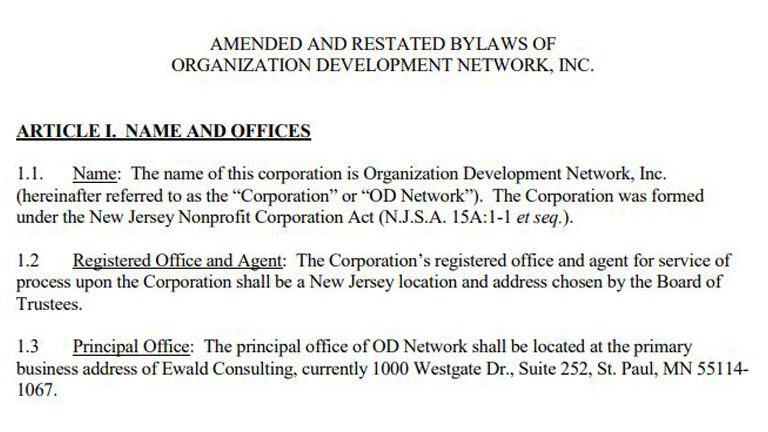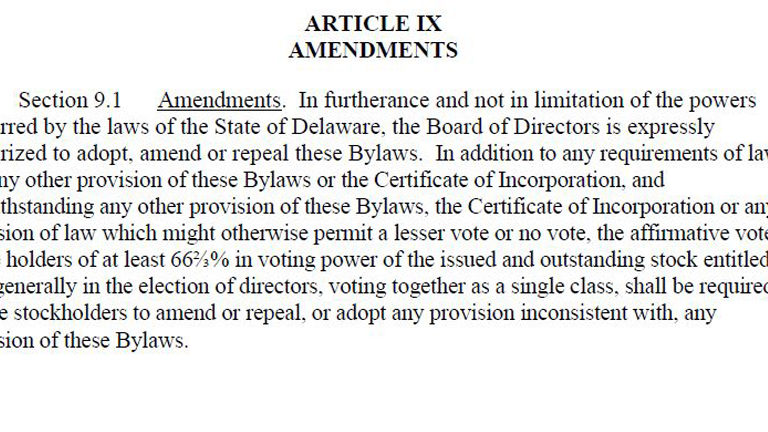Corporate Bylaws are legal documents
Corporate bylaws are set in place to establish how a business or an organization operates. It specifies the following:
- ownership rights of shareholders
- procedures in selecting, establishing, and removal of the board of directors and officers
- planning of annual meetings
- and issuance of corporate stocks
Other names
This legal document is also referred to as a “Company Bylaws”, “Corporation Bylaws”, or “Bylaws Template”. It also details the roles and responsibilities of the people who manage and own the business.
Who prepares it?
An incorporator or the board of directors prepare the corporation bylaws. This is done after filing the Articles of Incorporation with the Nevada Secretary of State. Although Bylaws can be amended, the process of changing the “Bylaws” is specified within its contents.












